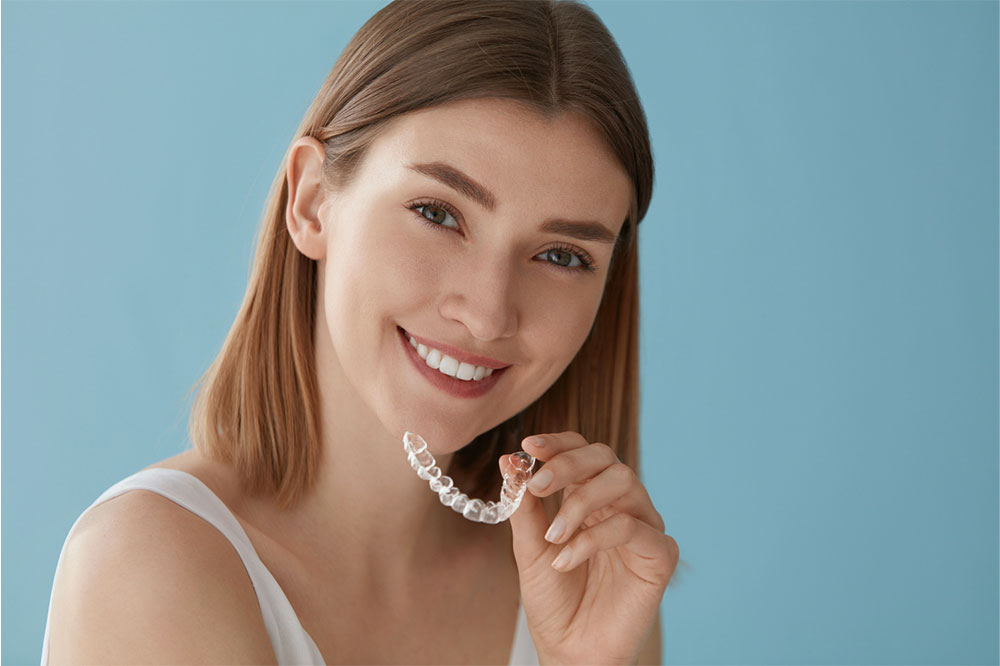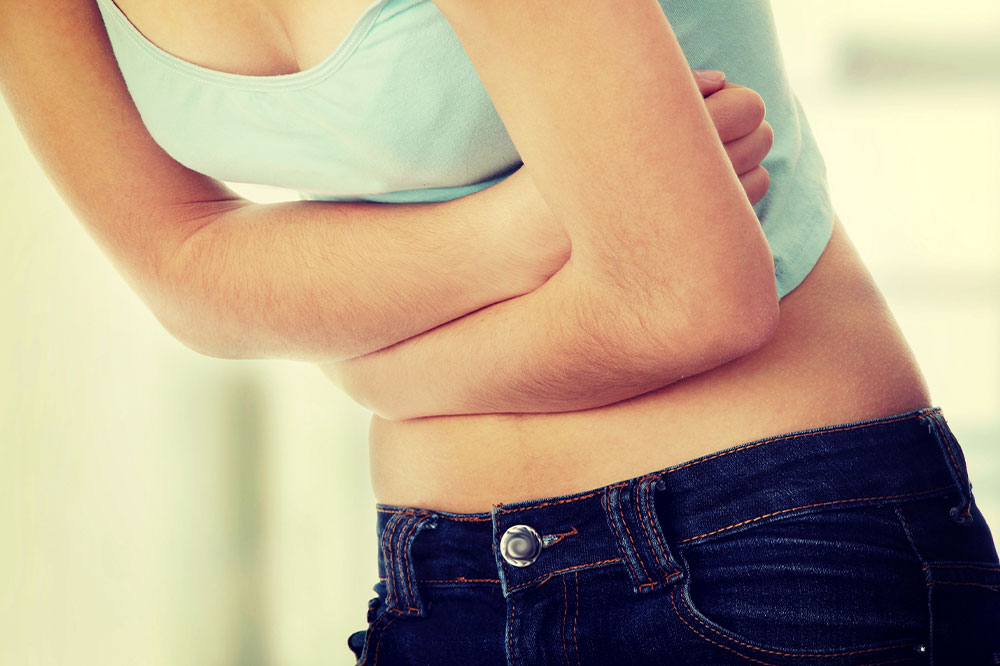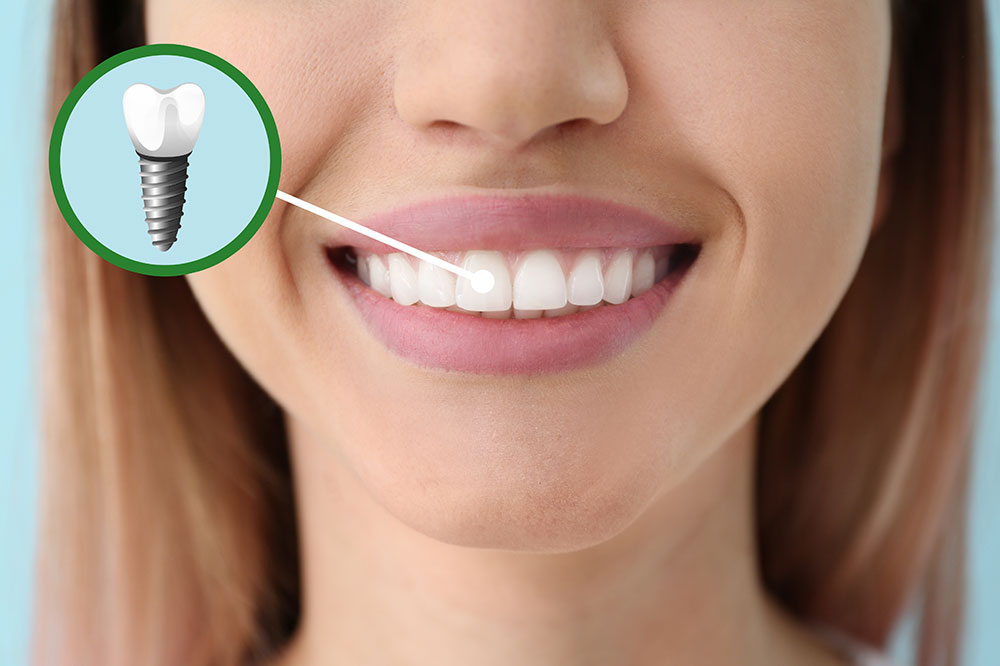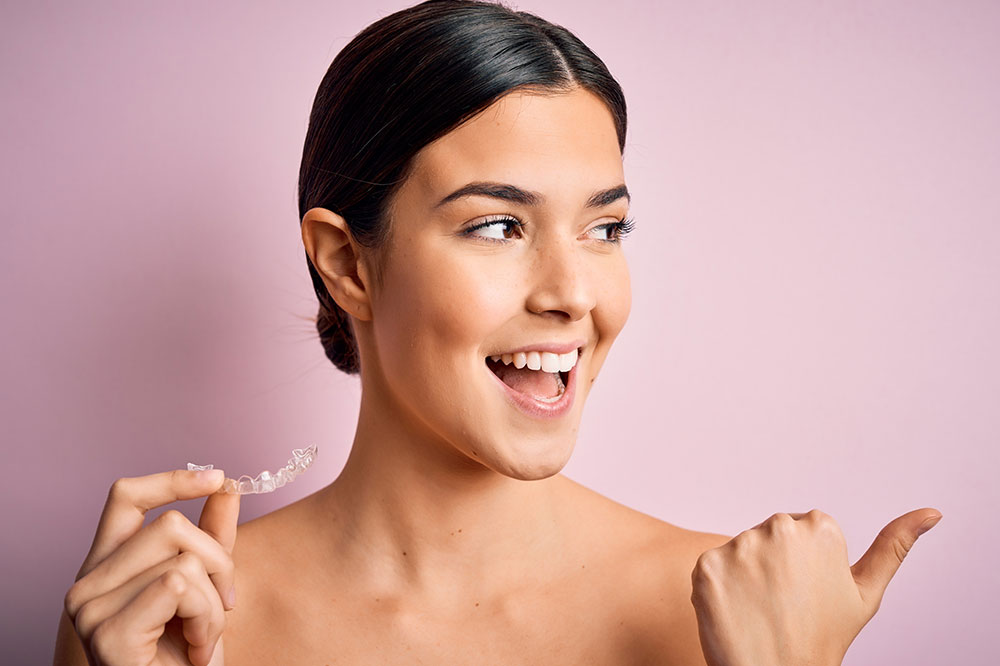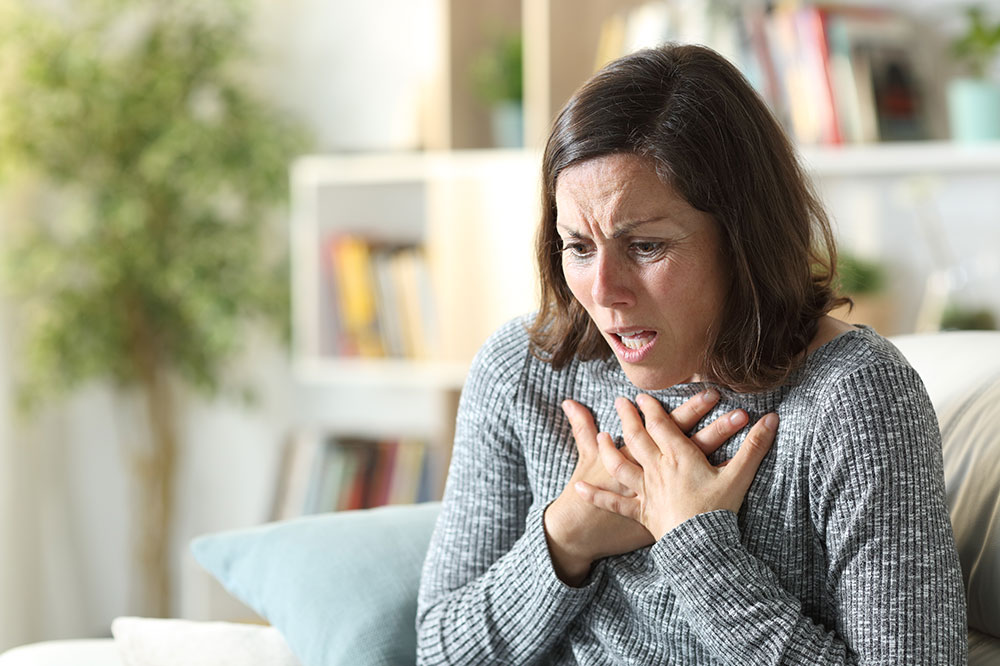Skin Wrinkles – Causes, Preventive Measures, and Remedies
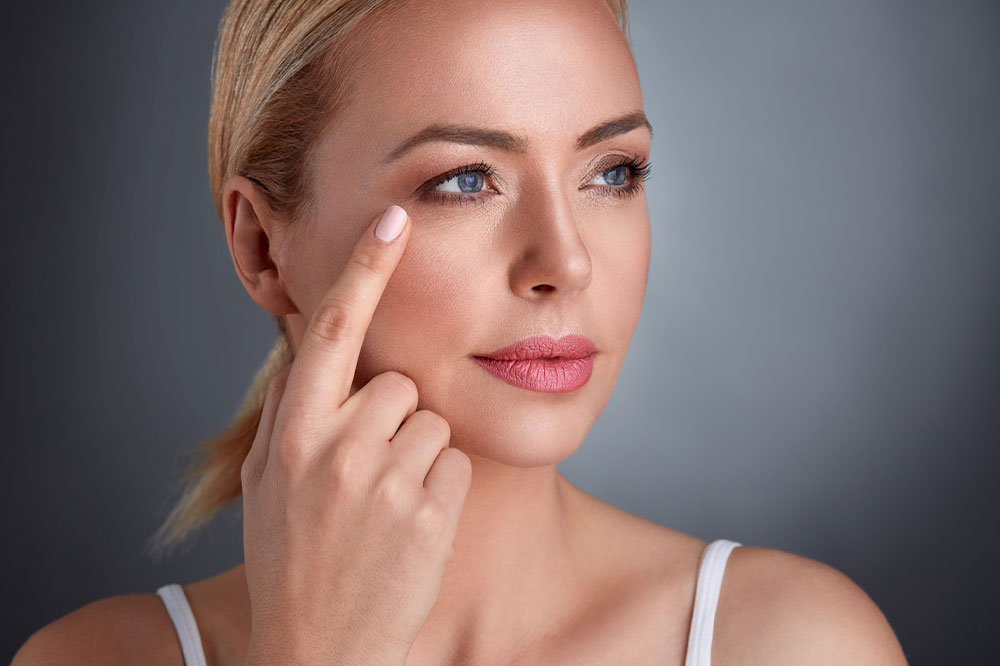
People start getting wrinkles on their skin for multiple reasons, such as old age, reduced skin moisture, poor skin elasticity, slow skin cell production, thinning skin layers, and several others. Wrinkles are the creases and lines that form in the skin. They can be especially visible around a person’s eyes, forehead, neck, and mouth. Wrinkles are a sign of aging or poor sleep quality in individuals. Here are some key details about skin wrinkles:
Causes of wrinkles
There are several causes of wrinkles in individuals. Some of them include the following:
Aging
Skin wrinkles are mainly caused by the natural process of aging. As a person ages, their skin becomes less moist and elastic and becomes progressively more fragile. A characteristic of aging is the reduced production of natural oils that are useful to keep the skin fresh and moist. As a result of this, the skin becomes more dry and wrinkly with time. Additionally, a person’s skin produces lesser amounts of collagen as they age. Collagen is the element that maintains the elasticity of the skin. Therefore, a reduction in its production causes skin wrinkles. Also, the accumulation of fat in the skin further reduces its flexibility. An increasing amount of fat in a person’s deeper skin layers results in loose, fragile, and saggy skin with plenty of lines and folds.
Frequent facial contortions
Frequent facial contortions during frowning, smiling, squinting, and other habitual facial expressions cause wrinkles to grow deeper with time. The lines on a person’s forehead, eyebrows, corners of the eyes, and other areas on the face and other parts develop due to such muscle contractions. In fact, every single time a person moves any facial muscle, a noticeable groove forms underneath the surface of their skin. As a person ages, the ability of the skin to pull itself back into shape diminishes. Therefore, such grooves remain etched on their face. Hence, one must refrain from contorting their facial features too much, especially in their advanced age.
Exposure to UV light
There are several UV radiation and light sources, the most prominent source being sunlight. When people are exposed to UV radiation for several hours every day for many years, their skin ages faster. This sped-up aging process due to UV exposure is known as photoaging. In this process, strong UV radiation breaks down the skin’s collagen fibers and makes it fragile. Eventually, the skin begins producing abnormal elastin. Additionally, UV rays lead to the body producing an enzyme known as metalloproteinase. This enzyme creates and restores the skin’s collagen levels. However, several collagen fibers undergo damage also during this phase. Ultimately, this entire process results in the formation of skin wrinkles in peoples’ skin at much younger ages.
Dehydration
A distinct lack of moisture causes the skin to age more quickly and undergo greater wear and tear. This results in surface wrinkles and reduced elasticity in a person’s skin.
Environmental factors
If a person is perpetually exposed to pollutants in the air, their skin collagen gradually breaks down and their skin becomes saggy, fragile, rigid, and old-looking. Some common skin pollutants are soot, nitrogen dioxide, and particulates. Soot is a solid, microscopic material that is created when something burns. Normally, soot is emitted by factories and vehicle exhaust pipes. Particulates include a mix of microscopic liquid and solid particles. Particulates also include dust, smoke, and dirt particles. Finally, nitrogen dioxide is a toxic gas that can be found near manufacturing facilities, lawn and garden equipment, construction sites, and the exhaust pipes of vehicles.
Preventive measures to avoid wrinkles
Wrinkling is a natural and inevitable process for human beings. However, one can slow down the process of skin aging by adopting the following measures:
Regular exercise
A sedentary lifestyle is conducive to skin aging and damage. Exercising regularly results in the skin getting massive reserves of oxygen and, by extension, boosting collagen production and facilitating the regeneration of new skin cells. Apart from exercising, one must drink plenty of water to keep their skin and internal systems hydrated.
Sun protection creams
Sunscreens and other products to avoid or at least reduce one’s exposure to UV radiation are essential to reduce premature skin aging and damage. To prolong skin aging, people need to use sunscreens with an SPF of 30 or higher on a daily basis. Additionally, people can also wear hats, caps, scarves, or other clothing to defend themselves against UV rays.
Regular face washing
Moisture is a key aspect of wrinkling in people. Therefore, one needs to clean and wash their face regularly to keep the skin hydrated externally. People can use a mild cleanser to wipe their faces after the process. Washing one’s face must also be done after a heavy sweating session. Sweating indicates a loss of internal bodily fluids, so face-washing after such a session restores some moisture. Additionally, sweat irritates the skin and damages it over a longer period. Skin damage can be largely avoided when a person washes their face gently with water and rubs it later.
Adequate sleep
When a person does not get enough (at least 7 to 8 hours a day) sleep, their body makes an enzyme called cortisol. This element breaks down their skin and ages it faster. Getting the proper quota of sleep per day helps individuals avoid this fate.
Remedies for wrinkles
Healthcare experts can carry out certain treatments and surgeries to offset wrinkling in people. Some such procedures are:
Microdermabrasion and dermabrasion
These involve sanding the layers of wrinkly skin away and scraping away damaged skin to restore a person’s skin to its healthy, un-wrinkled best.
Chemical peeling
This involves the usage of specific chemical agents to dissolve a person’s wrinkled skin and slow down aging.
Laser skin resurfacing
It involves using powerful laser radiation beams to reduce facial wrinkles and irregularities in individuals.

